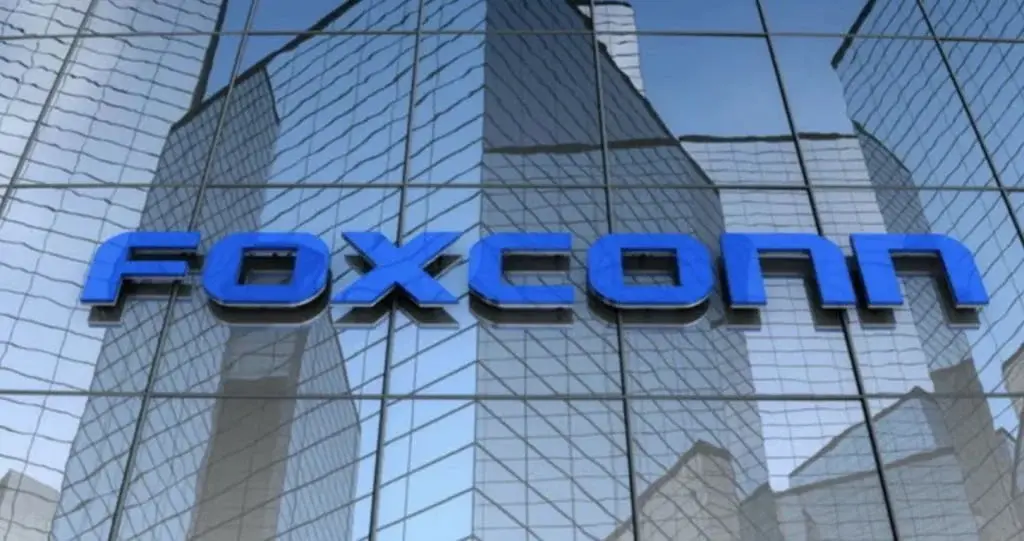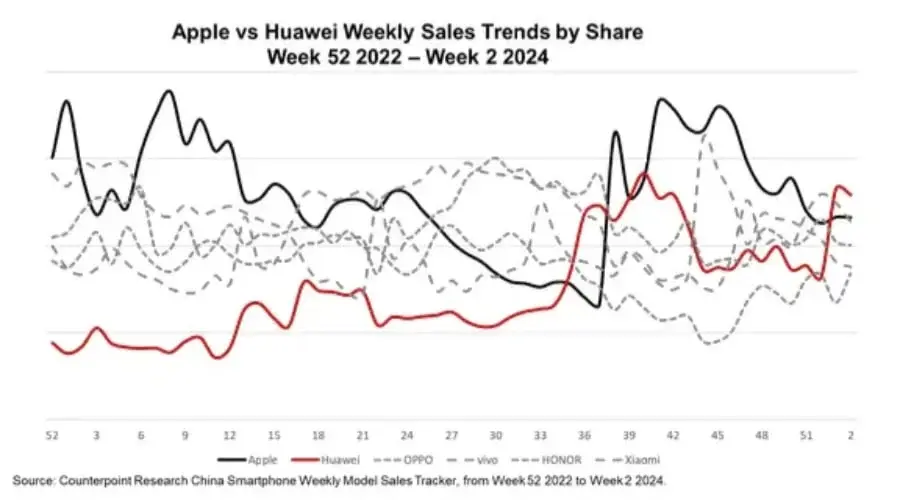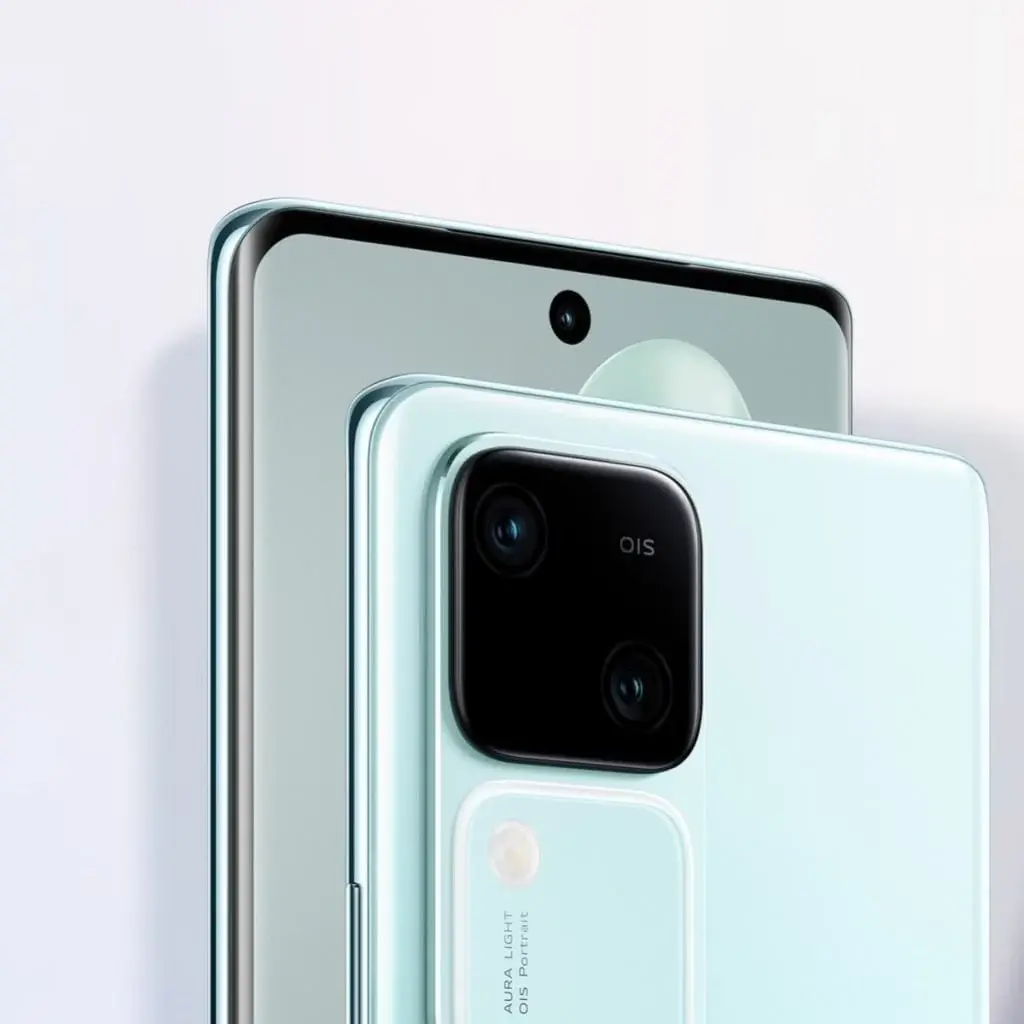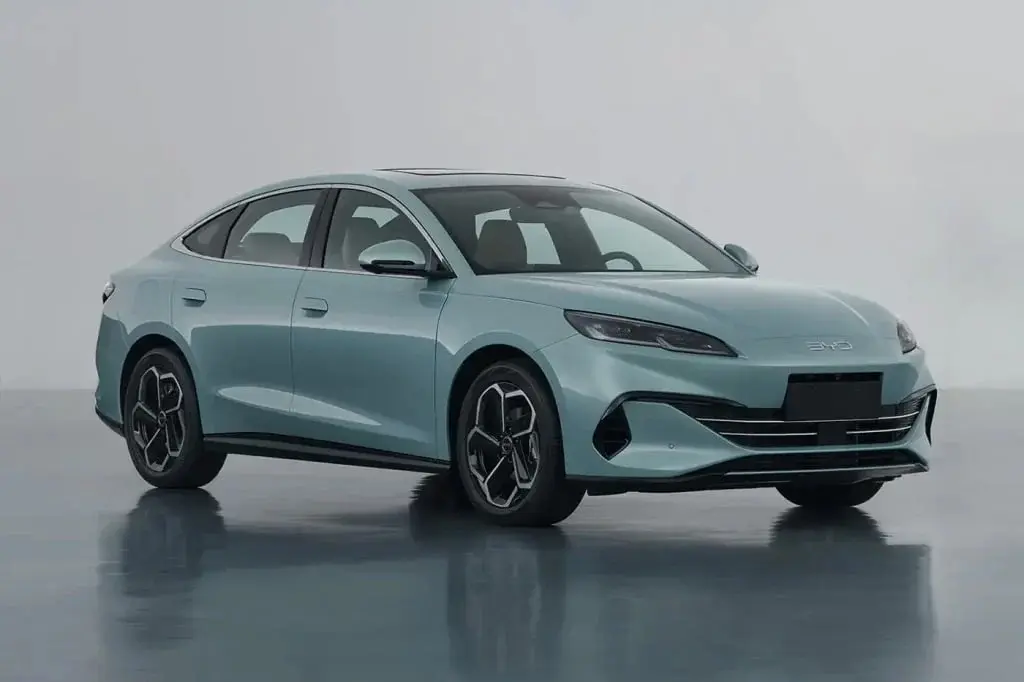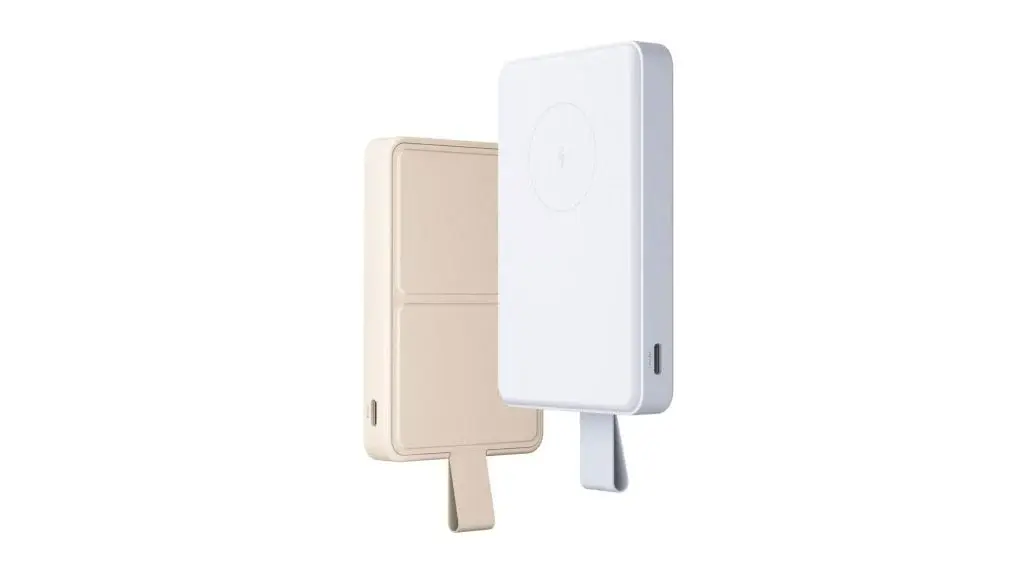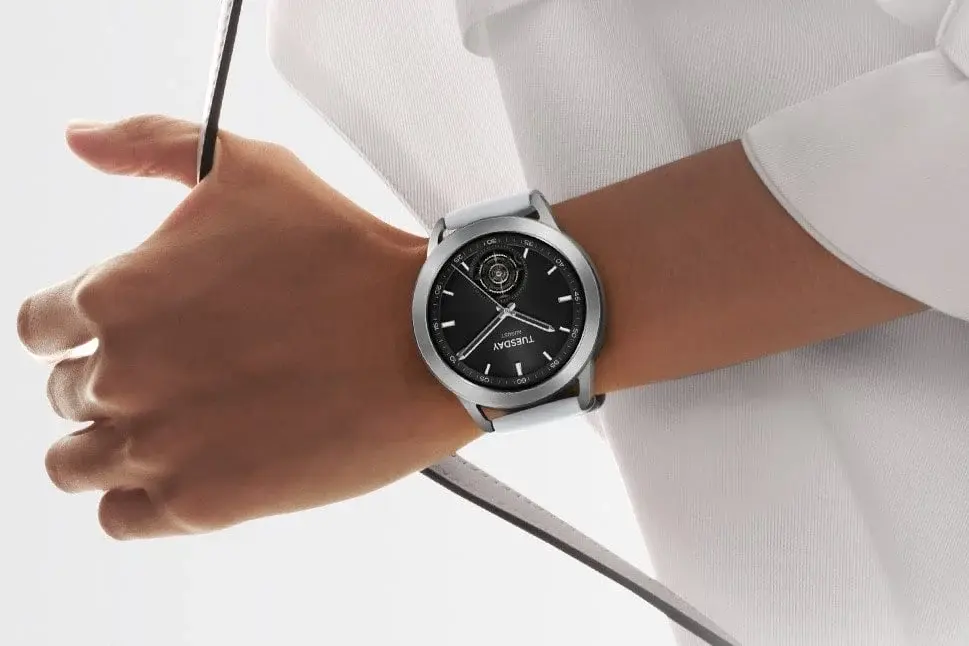Anticipated Elements and Launch Timeline of Realme GT Neo 6
Realme is gearing up for the debut of a fresh array of smartphones in the Chinese market, encompassing the Realme 12+ 5G, Realme 12 Pro 5G, and Realme 12 Pro+ 5G. Simultaneously, the much-awaited Realme GT Neo 6 is poised for launch in the near future.
Purported Features of Realme GT Neo 6
An unidentified gadget bearing the model number RMX3993 has surfaced within China’s radio certification database, hinting at the likelihood of it being the GT Neo 6 in the process of certification before its official unveiling. Nevertheless, the formal nomenclature of the device remains unverified.
OLED Display:
- 1.5K resolution
- 144Hz refresh rate
Central Processing Unit (CPU):
- Snapdragon 8 Gen 2
Storage Capacity:
- Up to 24GB LPDDR5 RAM
- Up to 1TB UFS 4.0 storage
Operating System:
- Realme UI 5 based on Android 14
Estimated Price Tag:
- Around 2,000 Yuan (~$277)
Competitive Landscape
Realme GT Neo 6 is set to rival other smartphones equipped with the Snapdragon 8 Gen 2 chipset, including:
- OnePlus Ace 3
- Honor 90 GT
- Redmi K70
- iQOO Neo 9
Its fusion of robust capabilities and an enticing price point is anticipated to resonate with individuals in search of a top-tier smartphone experience minus the exorbitant expenses.





